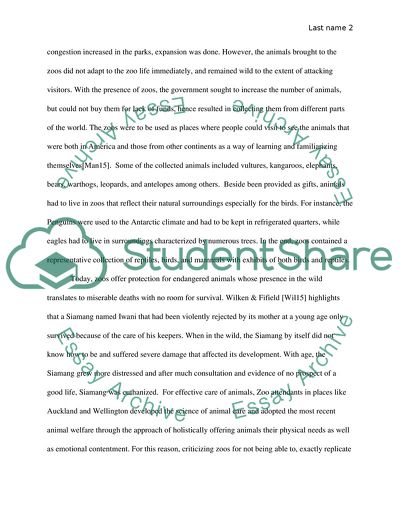Cite this document
(Captive World Animals in Zoo Term Paper Example | Topics and Well Written Essays - 1750 words, n.d.)
Captive World Animals in Zoo Term Paper Example | Topics and Well Written Essays - 1750 words. https://studentshare.org/human-resources/1867324-captive-wild-animals-in-zoo
Captive World Animals in Zoo Term Paper Example | Topics and Well Written Essays - 1750 words. https://studentshare.org/human-resources/1867324-captive-wild-animals-in-zoo
(Captive World Animals in Zoo Term Paper Example | Topics and Well Written Essays - 1750 Words)
Captive World Animals in Zoo Term Paper Example | Topics and Well Written Essays - 1750 Words. https://studentshare.org/human-resources/1867324-captive-wild-animals-in-zoo.
Captive World Animals in Zoo Term Paper Example | Topics and Well Written Essays - 1750 Words. https://studentshare.org/human-resources/1867324-captive-wild-animals-in-zoo.
“Captive World Animals in Zoo Term Paper Example | Topics and Well Written Essays - 1750 Words”. https://studentshare.org/human-resources/1867324-captive-wild-animals-in-zoo.


